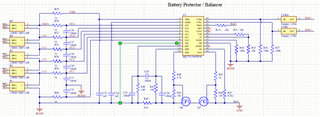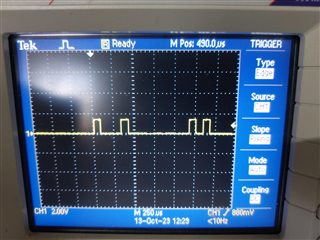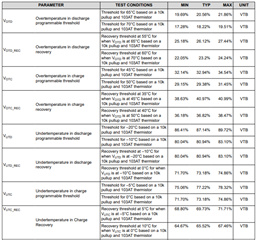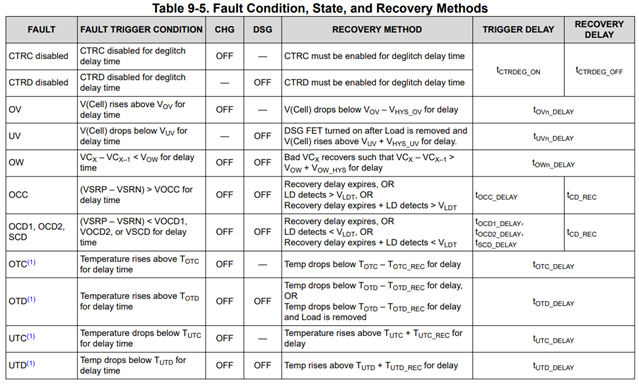Hi Everyone
I have a design where I make use of the BQ77915 for protection and cell balancing of a 5S battery pack. My issue is that I cannot charge the battery. I believe it is because the charge FET is being disabled for some reason, since I measure 12V on the discharge pin, but 0.4V on the charge pin.
I tried to figure out if I am triggering one of the fault conditions to cause this and found something strange. I don't need the temperature protection feature, so I added a 10k resistor from the TS pin to ground as this was my interpretation of the following statement in the datasheet: "TS: Thermistor measurement input. Connect a 10-kΩ resistor to the VSS pin if the function is not used." I thought this may be the issue, so I tried to measure the voltage on the TS pin which was 0V. I then checked the VTB pin and saw that this was also 0V. I'm guessing something is wrong there but I'm not sure what.
Below is my schematic. If someone can tell me if I did something wrong or give me advice to find the issue, that would be much appreciated.








